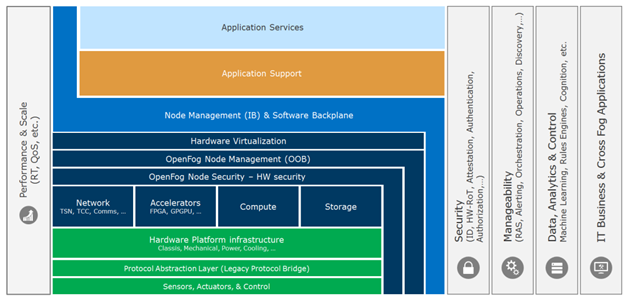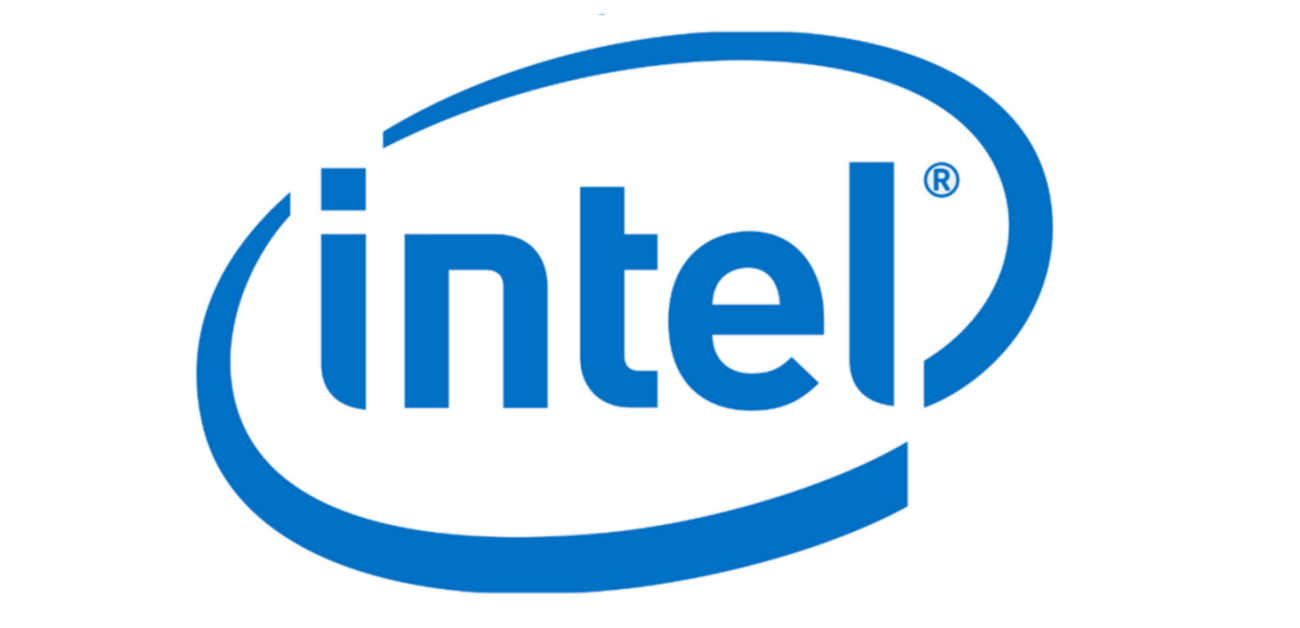John Kennedy, Senior Researcher, Intel Labs Europe
The mF2C project is focused on delivering a management framework for the challenging fog-to-cloud domain. A future where mobile wireless devices can discover each other, interconnect, share resources and manage services appropriately and securely will require shared understandings and agreed interfaces. Formal standards have a critical role to play in enabling this future.
While tackling the challenge of interoperability, standards also have the potential to enhance security, and encourage innovation. Given the rapid advancements of technologies in this space, standards should also be designed with an eye to the future. Extensibility and forward compatibility should be considered to maximise value and opportunity going forward.
To this end, mF2C are monitoring standards initiatives across a variety of communities, by industry, and at regional and international levels. Some of these initiatives are introduced below.
The OpenFog Consortium was founded in November 2015 to address technical challenges in Fog computing. The consortium is organised into numerous committees, with the Technical Committee structured into Working Groups dedicated to Architecture, Communications, Manageability, Security, Software Infrastructures and Testbeds. They define Fog Computing as “A horizontal, system-level architecture that distributes computing, storage, control and networking functions closer to the users along a cloud-to-thing continuum”. With a strong industry focus, in January 2017 they published the OpenFog Reference Architecture Technical Paper. It describes eight OpenFog pillars: Security, Scalability, Open, Autonomy, RAS (Reliability, Availability, Serviceability), Agility, Hierarchy and Programmability. It covers medium-to-high level considerations that address security, cognition, agility, latency and efficiency.

Architecture and Perspectives of the OpenFog Reference Architecture release 1.0
See https://www.openfogconsortium.org/ra/
The Open Connectivity Foundation was announced in February 2016 to drive the specification of standards to enable connected devices communicate with each other. It is an amalgamation of the Open Interconnect Consortium (OIC), Universal Plug and Play (UPnP) Forum and many key industry players. Devices in scope include computers, mobile phones, sensors and the full range of IoT devices. The standards consider the device technology stack from silicon through software, platform and finished-goods. OCF published the OIC Specification 1.1 in February 2017. It includes a base resource schema, and specifications for OIC core (architecture, interfaces, protocols and services), security and smart home devices are defined. OCF also sponsors IoTivity, an open-source reference implementation, published under the Apache 2.0 license.
On a related note, while not a standards organisation per se, the Linux Foundation hosts the EdgeX Foundry, an open-source project tackling the software implementation challenges of IoT computing at the edge.
The Open Grid Forum is an open community dedicated to developing best practices and standards for advanced, applied, distributed computing. It includes a working group dedicated to Open Cloud Computing Interfaces: OCCI. OCCI have developed a set of interoperability standards to enable infrastructure management tasks. Based on the OCCI Core Model, customised extensions can be defined to target functionality in specific areas. Researchers have recently demonstrated how mobile robotics could be managed via an OCCI extension… perhaps an extension could be developed for fog scenarios?
The European Telecommunications Standards Institute (ETSI) develops global standards for Information and Communications technologies. It focuses much of its efforts on telecommunications, with some of its clusters dedicated to Interoperability, Connecting Things, Wireless Systems, and Networks. ETSI’s Multi-Access Edge Computing (MEC) Industry Specification Group (ISG) recently signed a Memorandum of Understanding with the OpenFog Consortium to work together on standards that enable 5G, mission-critical, data-dense applications through fog computing and networking.
At a formal international level, ICT technologies are standardized by the ISO/IEC JTC1 organisation. This joint technical committee has spawned numerous subcommittees. Of particular interest to mF2C are SC38 responsible for Cloud Computing and Distributed Platforms, and the new SC41 responsible for Internet of Things and related technologies.
ISO/IEC JTC1 SC38 has driven standards in terminology and architectures for the cloud, has recently published a standard on Data and their Flow across Devices and Cloud Services, and the publication of a new standard on cloud Interoperability and Portability is imminent. The subcommittee is starting to investigate the Edge computing landscape, and also emerging concepts and technologies including containerization and serverless computing. All of these areas are of interest to mF2C.
ISO/IEC JTC1 SC41 was formed in 2017 and is progressing a vocabulary, reference architecture, and an interoperability framework for Internet of Things. It is liaising closely with SC38 and other relevant organizations to minimise overlap and maximise compatibility.
Hot off the press is the announcement that a new subcommittee SC42 will be formed to pursue standards in the area of Artificial Intelligence. The adoption and distribution of AI techniques across networked environments is of interest to mF2C… there are many complex challenges some of which AI may be able to tackle efficiently.
In summary, the world of standards is busy responding to and addressing the needs of this fast changing domain. As new or enhanced standards are progressed, and as mF2C matures, our consortium looks forward to contributing our insights and experiences and solutions to these fora wherever we can add value. Helping to bring clarity to the world of Fog, Edge and Cloud computing.
